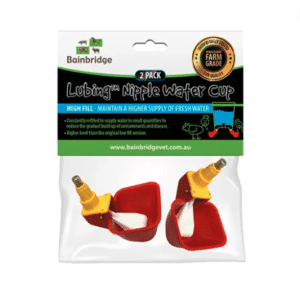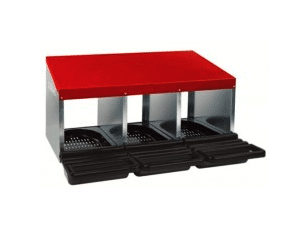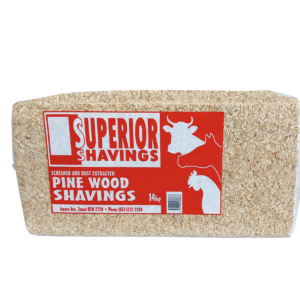Keeping Chickens
Chickens are pretty low maintenance when you have the right setup, like with everything preparation is the key. Having the right equipment designed for the job will increase the happiness and health of your birds.
Chicken Housing / Coops
Chicken coops are fabulous things, some of the creations we have seen are next level. No matter what you decide to house you chickens in keep these things in mind.
Predators are your number one threat, coops need to be fox proof. Foxes are experts at break and enter and if you have a gap in your coop the fox will find it and take what they want.
It is advisable to either extend the walls down 30cm underground and backfill or have a mesh floor covering the entire base of the coop if you have chosen a more temporary / mobile solution.
In most cases 1 chicken will require around 1 square meter of space provided they are allowed to roam during the day and more space if they are to live enclosed permanently. A great coop will be made of metal and be a solid design, metal coops make cleaning easier and tend to prevent infestations of mites and lice who tend to live in wood.
Your coops should have perches that ideally are a natural wood / tree branch and be raised off the floor, Chickens perch / roost at night so the one place a chicken doesn’t want to be is on the floor.
Your coop will need nesting boxes – relax, you wont need a nesting box per chicken. Chickens tend to share nesting boxes so 3 boxes could satisfy 10-12 chickens. No matter how fancy your nesting boxes are the girls will not show their appreciation and likely cram into the one. Puzzling, but it’s what they do.
The coop bedding is best to be pine shaving and not straw, straw is hard to clean and tends to not really help with absorption of butt liquids. Pine shavings are what we find is the easiest and most cost effective option.
Feeders and waterers are a must, there’s plenty of options out there, find one that satisfies your lifestyle. The smaller the feeders the more frequently you need to fill them, the larger the feeder the heavier they are to handle.
Personally we recommend looking into the poultry drinking nipples or lubing cups, these really help keep the water supply fresh at all times.
Introducing New Chickens
There is such a thing as pecking order, and it’s an important part of the coops dynamics. Introducing new chickens to an already established coop can cause issues and result in the new additions being bullied so be prepared to split the coop up into sections for a few days so they can see each other without being able to attack.
This is not always the case so you can try and see how you go but, if you do want to introduce new chickens we would suggest avoiding introducing small numbers like 1 or 2, you want to introduce enough to disrupt the dynamics and force them to reestablish the pecking order, for example if you have 4 chickens and you want more chickens introduce another 4, that way any aggression will be split over and there is less likely to be an overwhelming level of bullying on any one individual.
Feeding, Vitamins and Minerals
This is a controversial topic and there are a heap of misleading information circling around in online forums and social media so do your research. Diets need to be customised to your circumstances, but here are the basics.
As every situation is different, every breed has slightly different requirements and every property has a different environment and offer different levels of foraging. It is important to offer a balanced diet.
An average chicken tends to require around 115g of feed per day in order to maintain enough energy to produce eggs.
Layer pellets are better than scratch mixes despite the fact that chickens will always go to a scratch mix first when offered a choice. With scratch mixes, chickens can pick and choose what they want and they choose what they like, not always what they need.
Pellets will offer a balanced diet in every pellet. The best of both worlds is to offer free choice to pellets as the day to day and use scratch mixes as a booster, treat or training tool.
Chickens require vitamin and minerals and most quality feeds will tick all the boxes for most situations but again, remember not every situation is the same. As a precaution it’s a good idea to work vitamin and mineral supplements into your annual calendar and offer as the change in season occurs, particularly when coming out of winter and after malting.
Fresh water is a must here, be sure to offer as much of it as possible and make sure its cool. Chickens don’t drink warm water and this can often lead to dehydration which often can result in death. In summer, consider using ice blocks to keep water cool and chickens entertained, they love pecking at the ice. If you want to be a little extra, freeze some peas in the water and watch them go nuts.
-
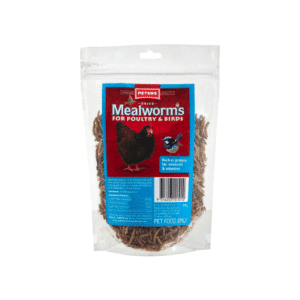
Peters Dried Mealworms – 100g
$15.95 Add to cart -
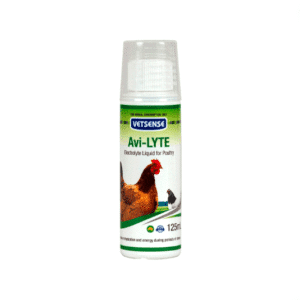
Vetsense Avi-LYTE
$14.95 – $27.95 Select options This product has multiple variants. The options may be chosen on the product page -
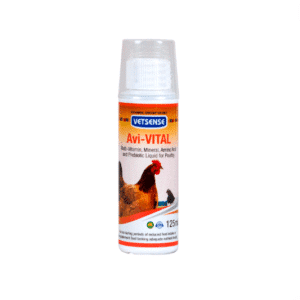
Vetsense Avi-VITAL
$15.25 – $34.95 Select options This product has multiple variants. The options may be chosen on the product page -
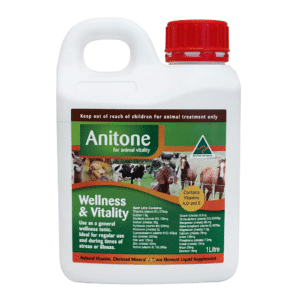
Anitone Liquid Feed Supplement
$18.25 – $132.65 Select options This product has multiple variants. The options may be chosen on the product page
Worming and Parasite Management
Another controversial topic, parasite management. Apple cider vinegar doesn’t treat parasites. At best it creates a inhospitable environment in the gut by altering the PH and parasites tend to “avoid” these animals as hosts, but it does not kill parasites.
Look at worming at least once a year, spring is the perfect time as parasites thrive in warm and wet conditions so feeding a worming pellet or introducing a wormer into the waters is the recommended approach. If you are wanting to try to get on top of a known parasite problem it’s advisable to also worm in autumn, preventing the parasite eggs from being laid in the ground and hatching in the following spring.
If you suspect you have a worm problem you can arrange to have a fecal test done and identify if your chickens do in fact have parasites and if the treatments are in fact working.
Coccidiosis is a particular nasty protozoa that lives in the ground and can cause serious problems for chickens especially those that are young or weak. Typcially the first signs will be blood and mucus membrane in the poop. In most cases this will be coupled with a bad smell.
Prevention is easy, introducing a medication into their water as per the instructions can be used both as a treatment and a prevention.
We highly recommend using Coxi-Quell over amprolium based products.
-
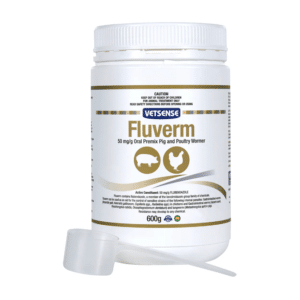
Fluverm Oral Premix Pig & Poultry Wormer
$62.50 Add to cart -
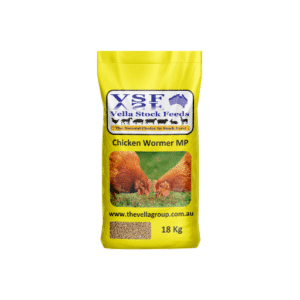
Vella Chicken Wormer MP – 20Kg
$11.95 – $25.95 Select options This product has multiple variants. The options may be chosen on the product page -
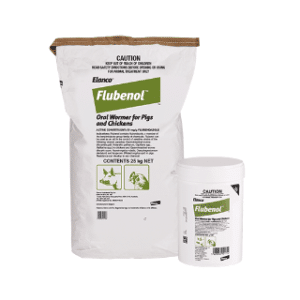
Flubenol™ Oral Wormer for Pigs and Chickens
$69.99 Select options This product has multiple variants. The options may be chosen on the product page -
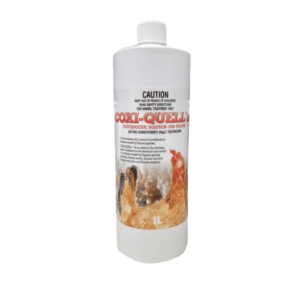
COXI-QUELL™ 25 Coccidiocide Solution for Poultry
$192.90 Select options This product has multiple variants. The options may be chosen on the product page
When will Chickens Lay Eggs
The most commonly asked question: When will your chickens start laying.
The answer is dependant on a few factors, age, breed, stress and time of the year.
The most common answer you will get is between 21-30 weeks of age and in most cases this is correct. Typically around 24-26 weeks for a heritage breed bird that has been living in its environment for at least 6 weeks will start to produce its first eggs at around 6 months old. Birds sold as point of lay “POL” will undergo stress with rehoming and this will in most cases delay their egg production for a few weeks, but hey don’t be surprised if you get an egg laid on the car ride home, it really does depend on the birds, when they are ready, they will lay.
Most chickens will lay in the afternoon and on days with more light, heritage breeds will stop laying in winter or days with shorter sunlight and will resume laying as the days get longer but will lay for up to 7 years whereby commercial layer breeds will be more inclined to lay all year round but for only a few years then stop so consider this when selecting a breed.
What to Do with a Broody Hen
A broody hen is a hen that won’t let you take her eggs, she wants to hatch these eggs no matter if she’s been visited by a rooster or not.
Some breeds are more prone to going broody and some hens just have the instinct and want to do it but dont be fooled, young hens that go broody often have no idea what they are doing and will sit in these eggs for a few weeks and then forget about them before they hatch.
You have a decision to make, do you let her sit on your breakfast or do you snap her out of this impulse she has. Essentially what is happening is she’s turned into an incubator and her body temperature has risen and triggered an instinctive behaviour to sit on eggs, one way to break this cycle is to cool her down. A raised cage with a wire base that is off the ground with air flow will drop her temp and after a day or two she will have moved on with her life and be back to normal, the other option is to get her some fertilised eggs and see how she goes.
Word of warning, if you let her hatch those chicks be prepared for half the hatch to be roosters, and roosters need to be dealt with as you won’t be able to keep all of them. In some cases you might not be allowed to keep any of them so check with your local council on the rules for keeping roosters in your area.
Managing Roosters
I’m going to keep this section short and hope that communicates that there is not a lot of options for roosters.
On average half the chicks born are roosters, roosters need around 10 hens each otherwise they will kill each other so you can’t keep them all.
Roosters must be bred for temperament, aggressive rooster must be culled, excessive roosters must also be culled. I know this is often a confronting reality of chick rearing but it is the current reality. If you aren’t prepared to manage the problems you create, please reconsider hatching chicks.
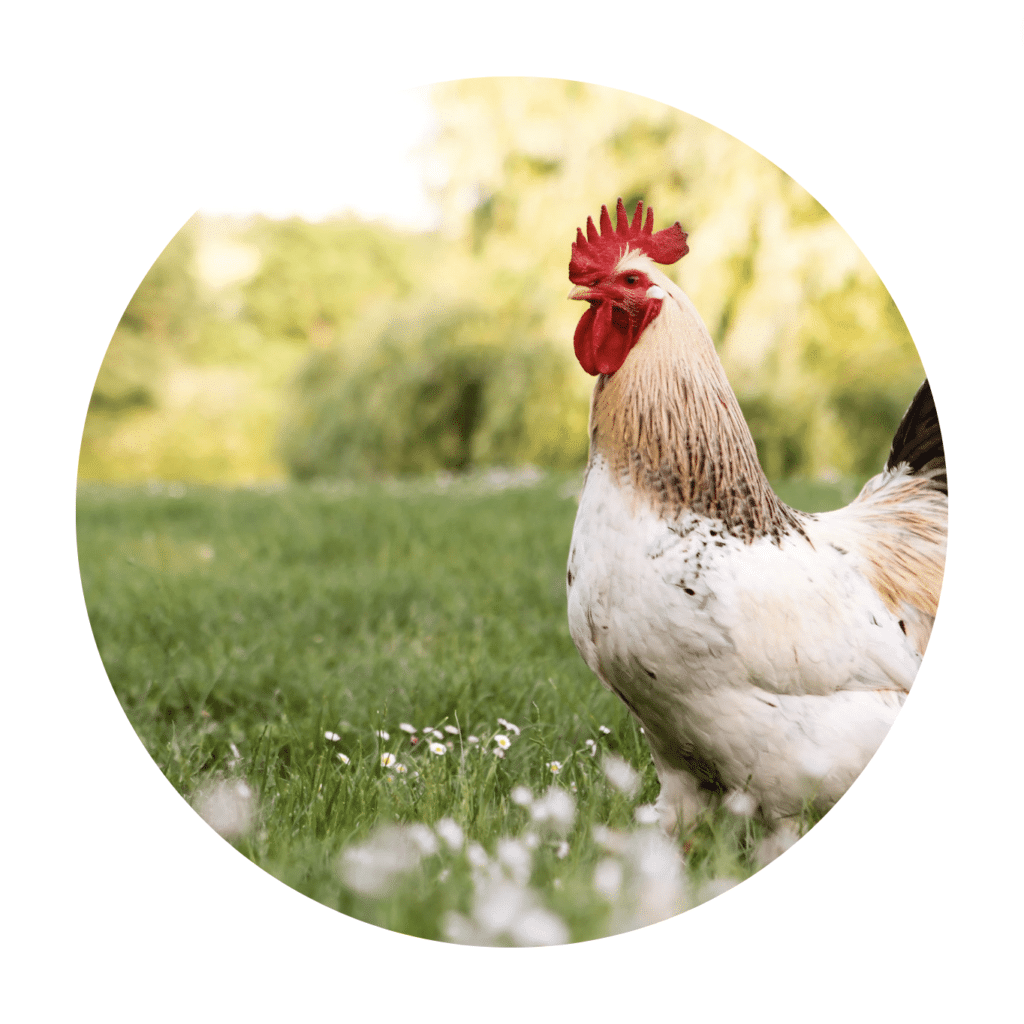
If you are wanting to take your chicken rearing to a whole new level have a read over Rearing Chicks by clicking here


